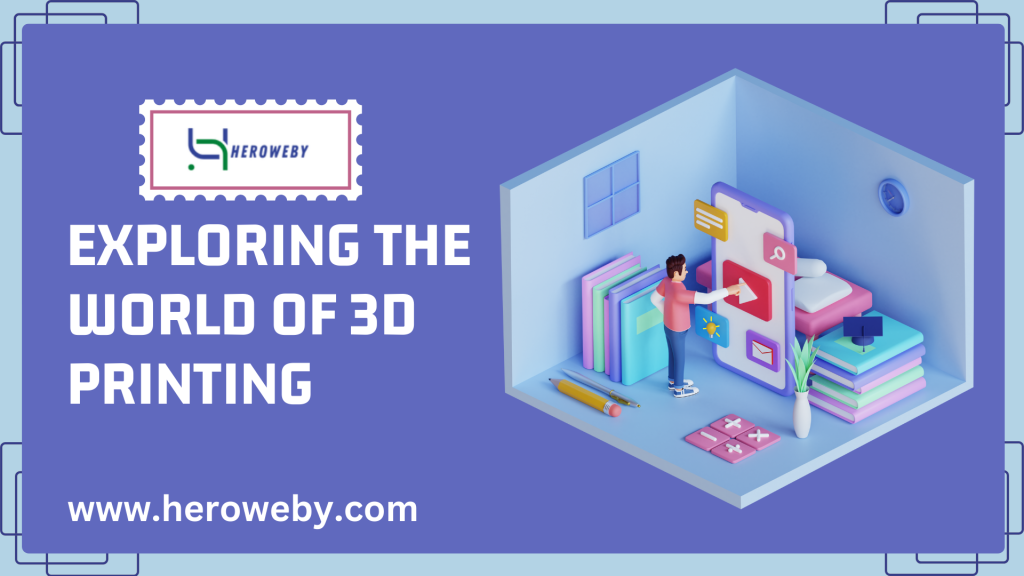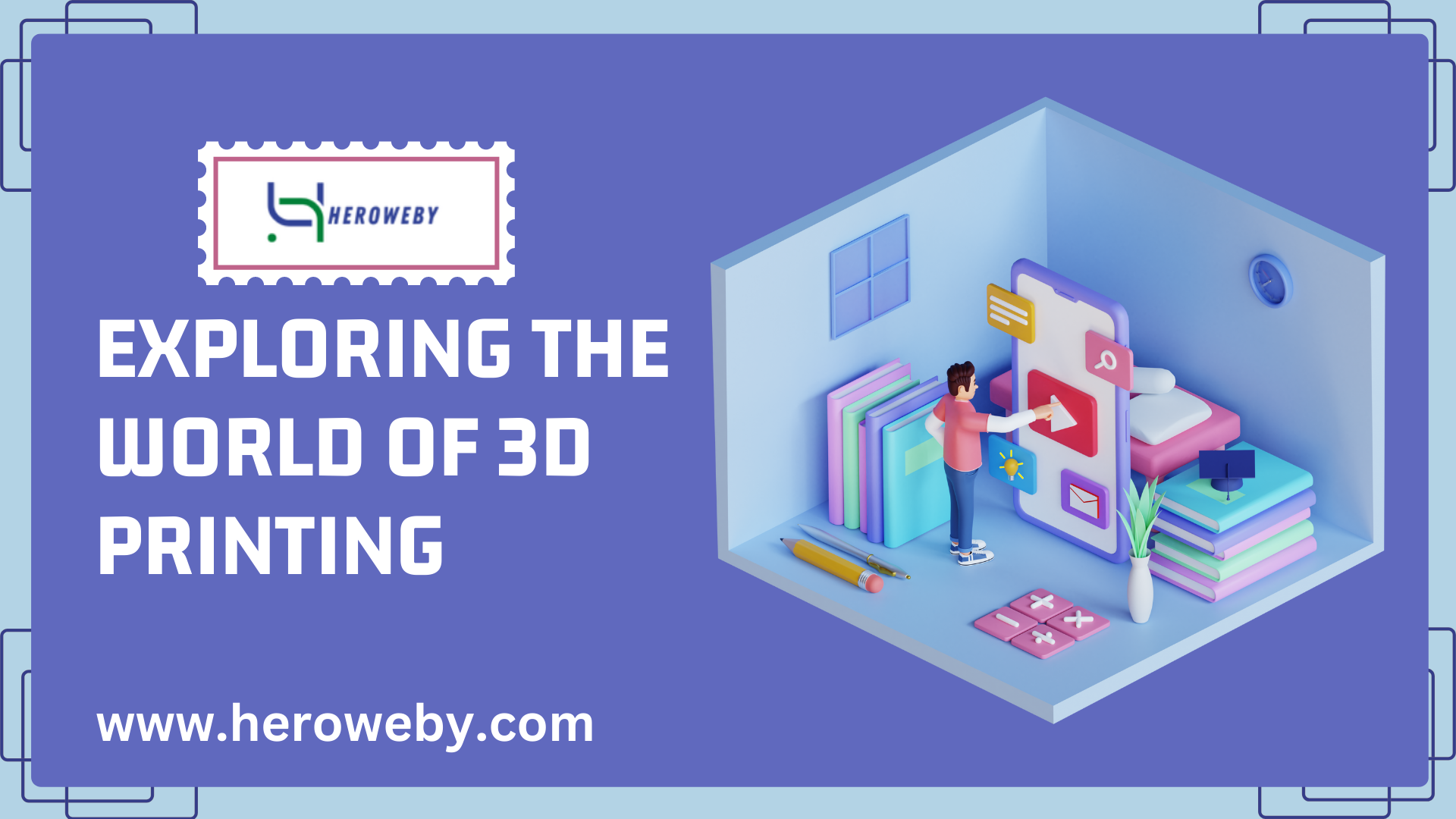
Exploring the World of 3D Printing
Rapid technological development in recent years has opened the door for amazing developments across many industries. One such innovative technology that has caught the interest of manufacturers, engineers, and designers alike is 3D printing. We shall explore the intriguing world of 3D printing and its effects on design and production procedures in this post.
1. Understanding the Basics of 3D Printing
Fundamentally, three-dimensional printing—also referred to as additive manufacturing—is a method of producing three-dimensional objects based on a digital model. Using materials like plastic, metal, or even biological substances, 3D printing constructs objects layer by layer in contrast to conventional manufacturing techniques, which entail removing material.
Making a digital model using CAD software is the first step in the procedure. Then, a number of cross-sectional layers are cut from this virtual model to provide a set of instructions for the 3D printer. This file is read by the printer, which then starts depositing material to create the desired item layer by layer.
2. Advantages of 3D Printing
Multiple sectors have been transformed as a result of the rise of 3D printing. The capacity to produce complicated geometries that were previously impossible or extremely difficult to manufacture using conventional production procedures is one of the main advantages. Customized medical implants and detailed architectural models are both made possible by 3D printing.
Additionally, because 3D printing only uses the material required to create an object, waste is greatly reduced. It is more efficient, which reduces costs while also making it a more sustainable choice.
While traditional manufacturing processes frequently necessitate significant expenditures in tooling and molds, 3D printing does not require these pricey setups, making it more suitable for small-scale production and prototyping.
3. Applications of 3D Printing
There are numerous industries in which 3D printing is used. In the medical field, it has transformed dental aligners, prosthetics, and even the bioprinting of human organs. 3D printing helps the aerospace and automotive industries by producing lightweight components and minimizing reliance on external suppliers. Additionally, 3D-printed prototypes allow architects and product designers to iterate and test their designs quickly.
Another industry where 3D printing has proven tremendous value is education. It encourages creativity and problem-solving abilities by allowing pupils to put their ideas into action. Additionally, museums and other cultural organizations have recreated artifacts and works of art using 3D printing, opening them up to a wider audience.
Conclusion
Without a doubt, 3D printing has revolutionized design and manufacturing. This ground-breaking technology has enormous potential for the future because it can produce detailed patterns, cut waste, and democratize production. As 3D printing develops, it will surely transform industries and provide people more freedom than ever to realize their ideas.




